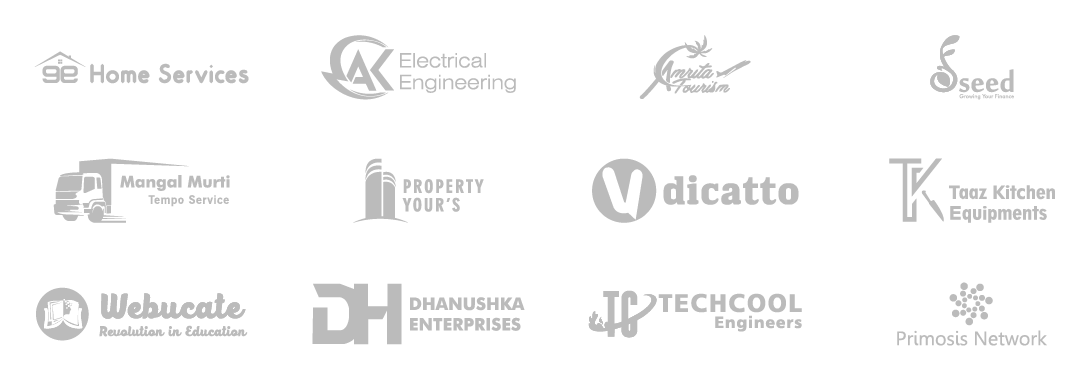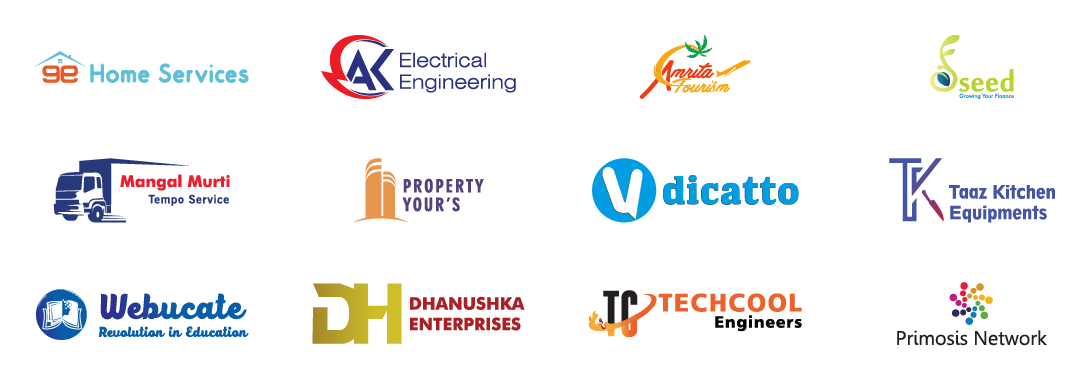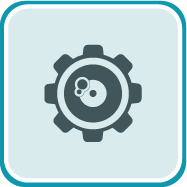

































It is the first step in starting a project and is crucial in the subsequent stages. When dealing with a smaller budget, tighter timelines, and limited scope, precise documentation of all project requirements becomes essential. This section outlines key techniques and methods for gathering and capturing project requirements effectively. It includes suggestions and best practices for capturing various types of requirements (functional, system, technical, etc.) during the gathering process.








After brainstorming the project & team assignment, the second phase of the project management life cycle i.e., Project planning comes into the picture. It is the heart of the project life cycle, providing a roadmap that guides everyone throughout the process & necessary steps to reach their end goal. During the planning phase, project plans are meticulously documented, Project deliverables and requirements are clearly defined, and a comprehensive project schedule is created. This phase involves creating a set of detailed plans to guide your team through the implementation and closure phases of the project. These plans are crucial for managing time, cost, quality, changes, risks, and related issues effectively. Additionally, they help to streamline staff and coordinate with external suppliers to ensure the project is delivered on time and within the set budget.








Project design is an early and critical phase of a project where key features, structure, success criteria, and deliverables are meticulously planned. The primary aim is to develop one or more designs that align with the desired project goals. Stakeholders can then evaluate these designs and choose the best one for execution. The project design phase can generate a variety of outputs, including sketches, flowcharts, site maps, HTML screen designs, prototypes, photo impressions, and more








Work allocation to team members is the foremost step that decides the quality of the project. When assigning tasks to team members we consider their skills, knowledge, experience, existing workloads & opportunities for their professional development. Once we've planned the distribution of tasks, we inform team members about their assigned work and the expected level of performance. We are open to learning about differences in expectations and work methods among team members. Encourage questions, suggestions, and requests for clarification regarding the assigned work. We discuss delivery dates and each team member's responsibility to develop a detailed plan which helps us to track & monitor the progress for further improvement of an ongoing project.








Project development is the process of planning and allocating resources to fully develop a project or product from concept to go live. It typically consists of five phases: discovery, allocation, kickoff, quality assurance, and review/report. During the development phase, managers establish the project team, a task typically overseen by the project manager. Project management involves an integration of knowledge, skills, resources, tools, and techniques to meet project goals. Initially mapped out from a leadership perspective, it is then refined and executed by the project manager to ensure successful project completion.








Our main job of test execution depends on how successful the deployment was. If the deployment team faced challenges and encountered several issues and couldn’t deploy the code properly, it will surely indicate the QA team is going to identify a lot of bugs that may be tied to the environment or deployment process. If Testers are aware of the deployment process, they will understand the importance of completing their tasks within the planned time-frame. Testers will get an idea if the issue is really a functionality bug or something caused during deployment. Let’s say a tester is assigned to test the report feature but when he tries to log in to the website, he is seeing an error which means the environment is down, such issues cannot be considered as functional issues but as environmental. After system testing is carried out, the development team identifies the required artifacts to be released and prepares Deployment Notes that include information about deliverable code files, installation/deployment instructions as well as other contents of the shipment package. Development team prepares a shipment package according to Deployment Notes. Configuration Controller verifies the shipment package and performs shipment assurance to ensure the integrity of the code and other contents of the shipment package with the help of the Quality Assurance team. Development team releases the shipment package to the client as per schedule with the coordination of Configuration Controller as required.








The final step in our comprehensive project development process is website maintenance. This crucial phase ensures your website remains secure, up-to-date, and functioning optimally. Our maintenance services include regular updates, performance monitoring, security checks, and content management, allowing your website to adapt to evolving business needs and technological advancements. With our proactive maintenance, we ensure your site continues to deliver a seamless and engaging user experience long after the initial launch.





We have experienced & talented developers in php technology.
We have experts & highly experienced developer in Android based application.
We have experts & professional developers in IOS technology.

We have experienced developers in Laravel framework technology.
We have expert & experienced developers in Codeigniter framework technology.
We have experienced developer in MEAN/MEARN based website.